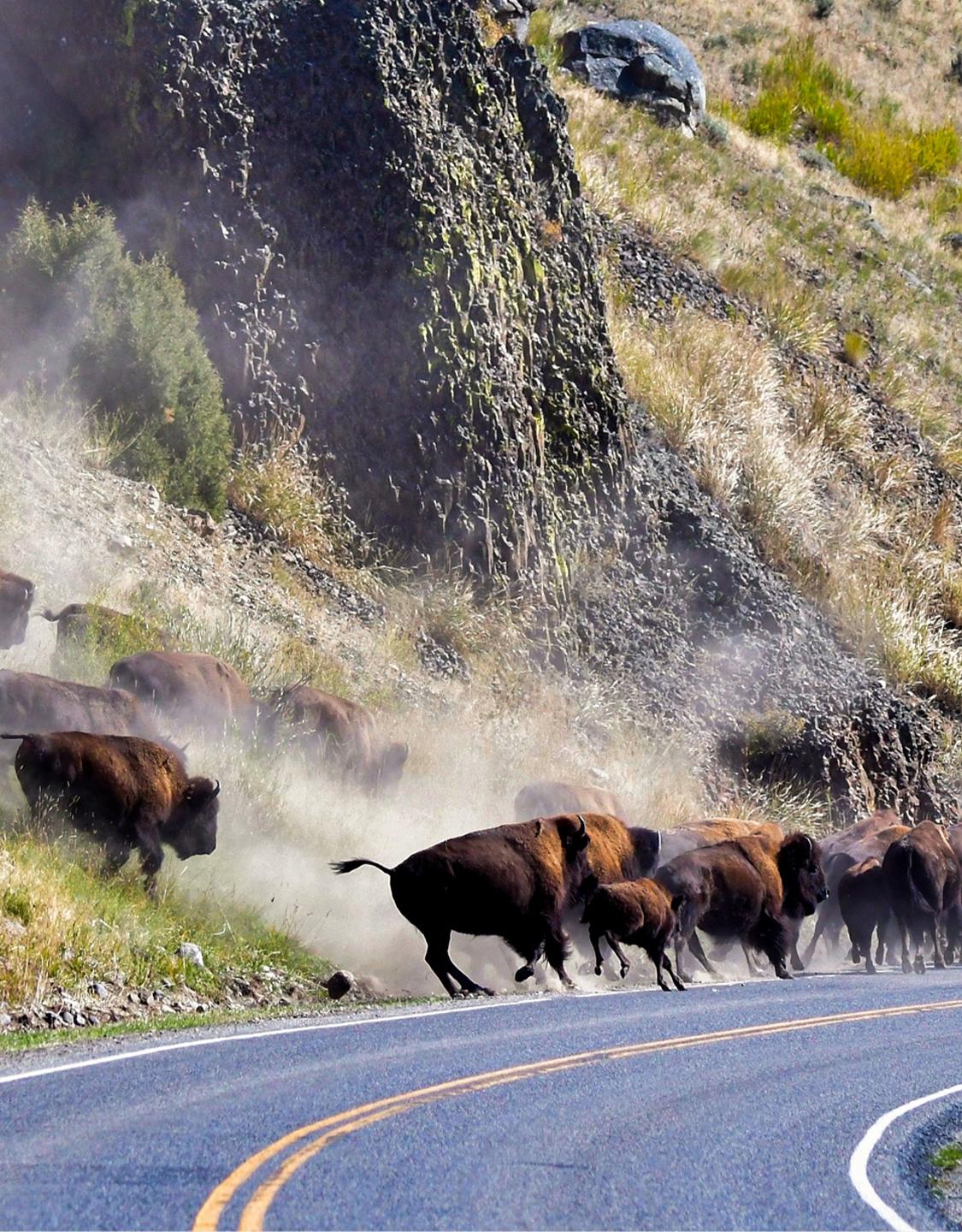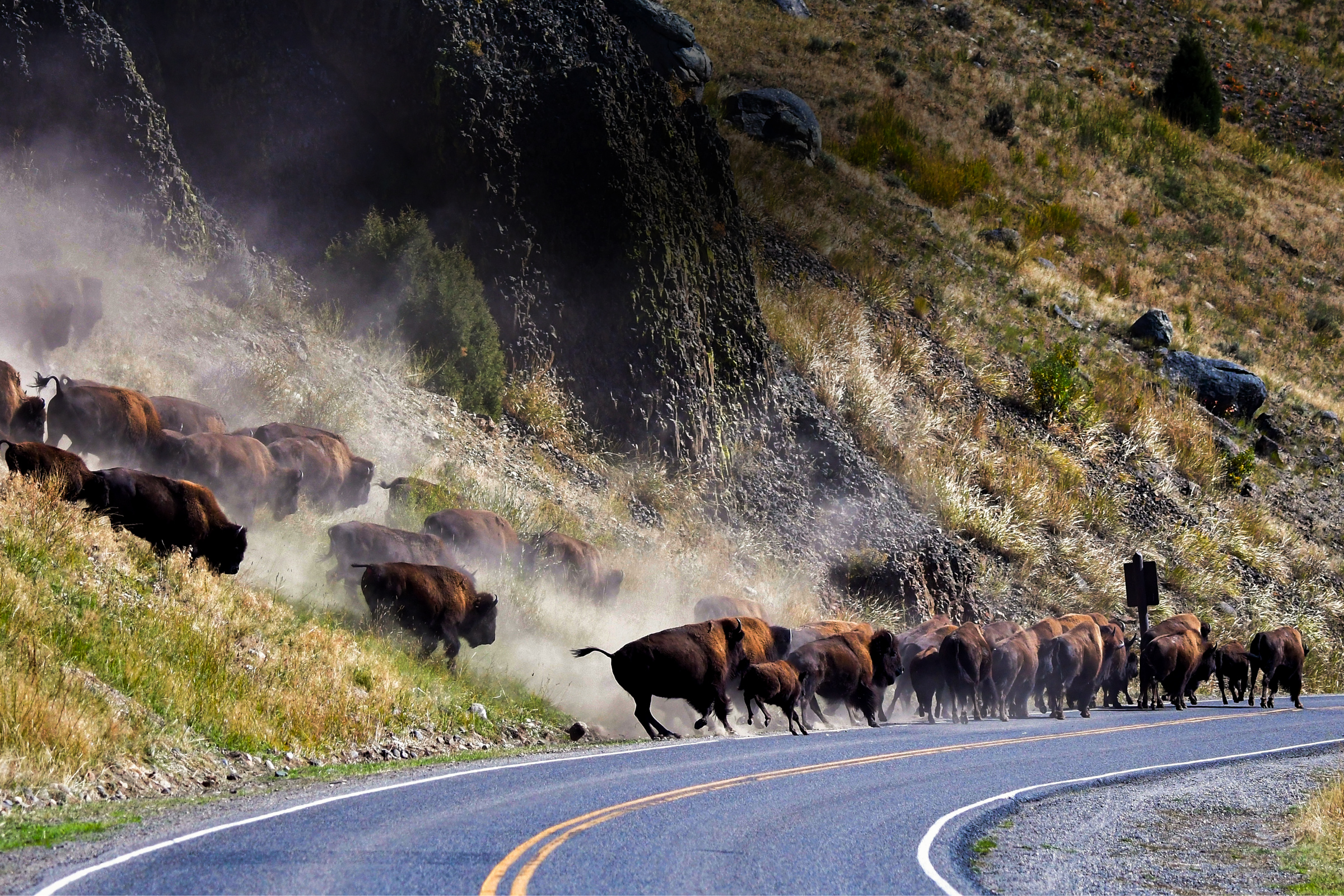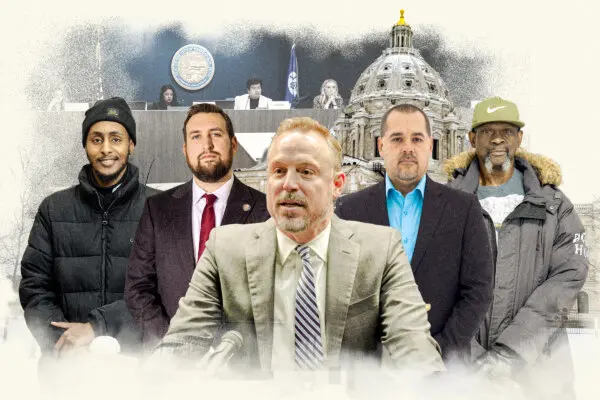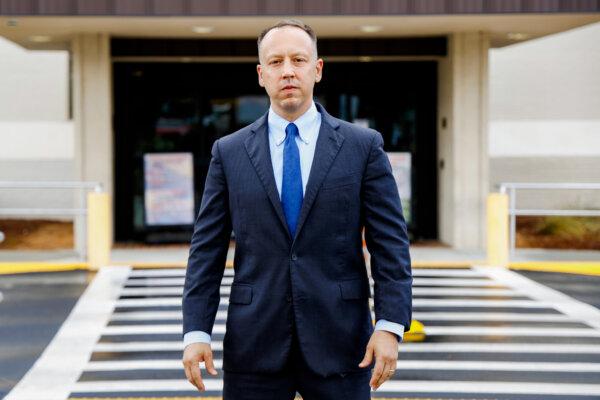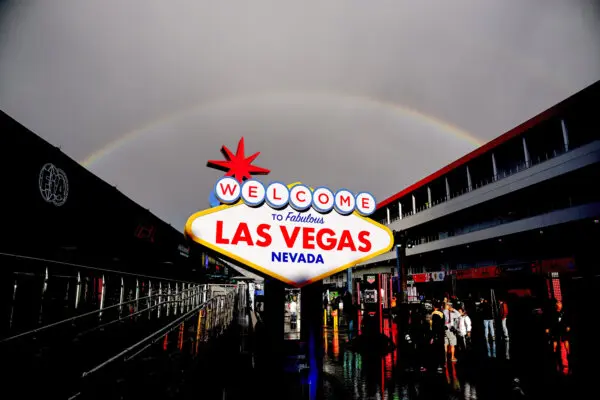WEST YELLOWSTONE, Mont.—Dean, a tourist from Wisconsin, has been to Yellowstone National Park twice in 25 years. On his first trip, he saw grizzly bears and even gray wolves roaming free among forests of pine and Douglas fir and the open ranges of the massive preserve.
On this trip, he could hear the groans and grunts from a herd of buffalo less than 30 yards away in the park’s majestic Hayden Valley.
“I think this is amazing. Up the hill, the sound carries,” Dean said.He said he imagined the bison would be cinnamon-colored, but they were almost black and far bigger than expected.
